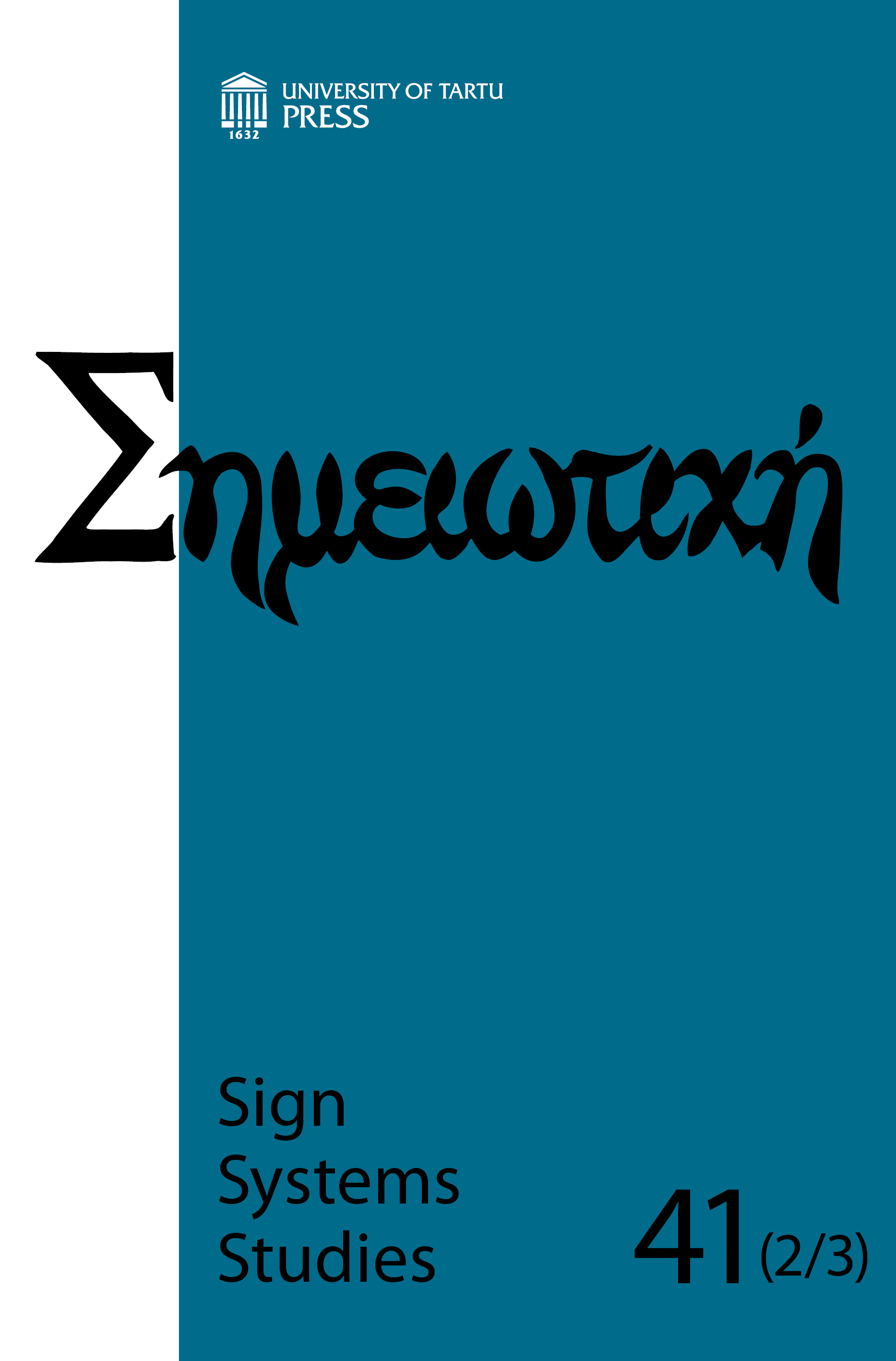The ideological aspect of intersemiotic translation and montage
DOI:
https://doi.org/10.12697/SSS.2013.41.2-3.07Keywords:
intersemiotic translation, ideology, chronotope, montage, The Last RelicAbstract
The Estonian film The Last Relic offers an interesting case of ideological intersemiotic translation. At the same time, it is an innovative film from the point of view of text composition as well as combination of traditional montage with intersemiotic montage in which the speech of the heroes, the messages of the songs and repetition of visual and musical motifs are juxtaposed to create historical and ideological ambiguity. The specificity of this film is very close to later tendencies in using montage: the movement from a temporal understanding of montage to spatial montage in contemporary new media and 3D-movies. A new understanding of montage is also fruitful for the new interpretation of the chronotopical structure of narrative texts. The traditional theory of montage is rooted in classical literature, while new media experience opens up new possibilities for understanding mechanisms of montage. On a very general level, contemporary tendencies of montage can be analysed as chronotopical montage.Downloads
Download data is not yet available.
Downloads
Published
2013-11-07
How to Cite
Torop, P. (2013). The ideological aspect of intersemiotic translation and montage. Sign Systems Studies, 41(2/3), 241–265. https://doi.org/10.12697/SSS.2013.41.2-3.07
Issue
Section
Articles


